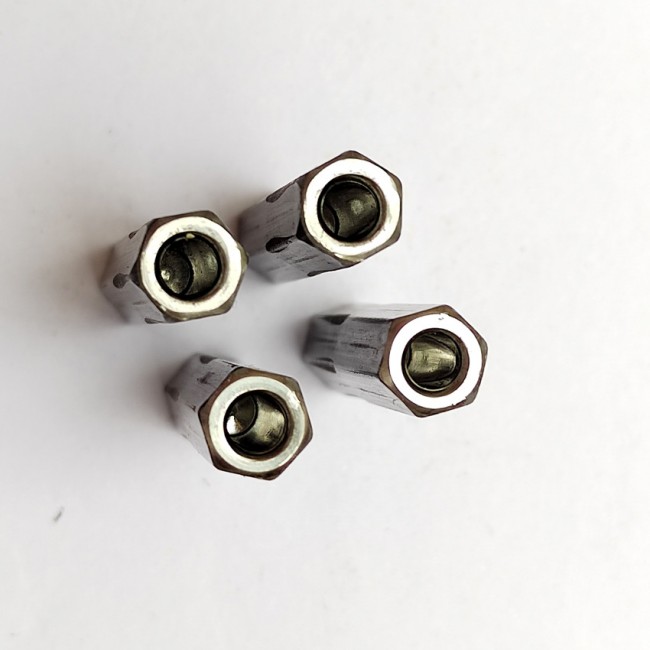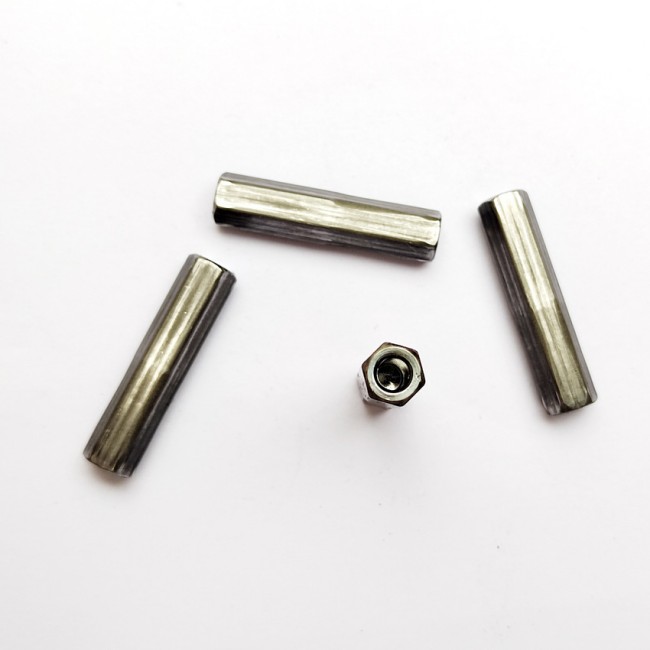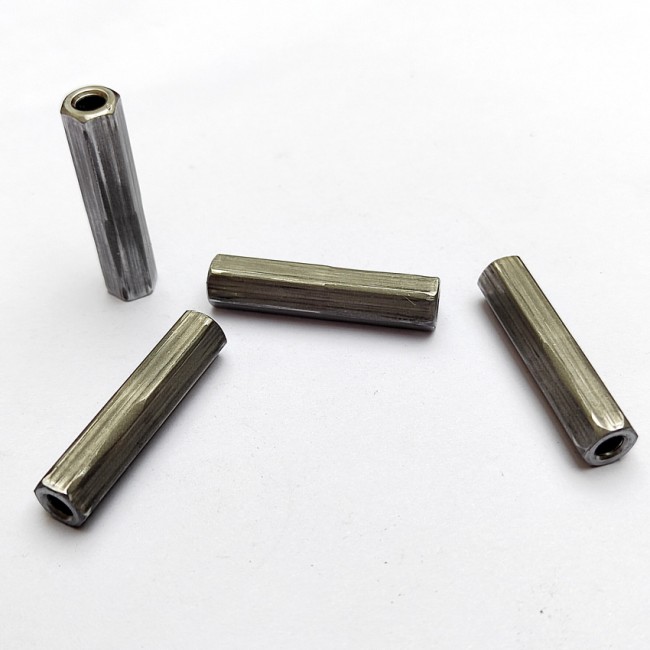- Time:2025/03/26 Posted:Dongguan Jierui Hardware Technology Co., Ltd
Introduction:
The durability of fasteners is crucial in industries where structural integrity and performance matter the most. The cold heading process has revolutionized fastener manufacturing, producing cold heading fasteners with superior strength, precision, and cost efficiency. Unlike traditional machining, which removes material and weakens structural integrity, cold heading compresses metal at room temperature, creating fasteners that can withstand extreme pressure and stress.

How the Cold Heading Process Strengthens Fasteners
1. Grain Structure Preservation
Cold heading reshapes the metal without cutting, preserving the natural grain structure. This results in stronger cold headed fasteners that resist wear and tear better than machined counterparts.
2. Increased Tensile Strength
Since cold heading compresses the metal under high pressure, it enhances the tensile strength of cold forged fasteners, making them less likely to deform under load.
3. Reduced Material Waste
Traditional machining produces scrap metal, but cold heading utilizes almost 100% of the raw material. This means cold formed fasteners are not only stronger but also more cost-effective.
4. Uniformity and Precision
Cold heading ensures every fastener is identical, which is crucial for industries like aerospace and automotive, where precision plays a vital role in performance and safety.

Industries That Rely on Cold Heading Fasteners
1. Automotive
Used in engines, transmissions, and structural components requiring high strength.
2. Aerospace
Cold headed aerospace fasteners are engineered to endure extreme temperatures and high-pressure environments.
3. Construction & Infrastructure
Heavy-duty cold forged bolts provide stability in load-bearing applications.
4. Electronics & Manufacturing
High-precision custom cold headed fasteners are used in industrial machinery and consumer electronics.

Cost and Efficiency Benefits of Cold Heading
Cold heading isn’t just about strength—it’s also about efficiency. By producing fasteners in large volumes with minimal waste, manufacturers can save on material costs and reduce processing time. Since the process eliminates secondary operations like threading and finishing, it speeds up production without compromising quality.
FAQ:
What materials are used in cold heading fasteners?
Common materials include stainless steel, carbon steel, aluminum, brass, and titanium, depending on the application’s strength and corrosion resistance requirements.
Are cold-headed fasteners stronger than machined fasteners?
Yes. Because cold heading does not cut or remove material, it maintains the metal’s grain structure, making the fasteners significantly stronger.
Can cold heading be used for custom fasteners?
Absolutely! Custom cold headed fasteners can be manufactured to meet specific industry needs, from unique head designs to specialized coatings.
How do cold headed aerospace fasteners differ from standard fasteners?
Aerospace fasteners undergo strict quality control and often use high-strength alloys designed to withstand extreme conditions, ensuring maximum reliability.
Summary:
The cold heading process enhances fastener durability through grain structure preservation, increased tensile strength, and uniformity. Industries requiring high-performance fastening solutions turn to cold heading fasteners for their unmatched reliability and cost efficiency. Whether in aerospace, automotive, or construction, cold headed fasteners provide the strength and longevity needed for demanding applications.
